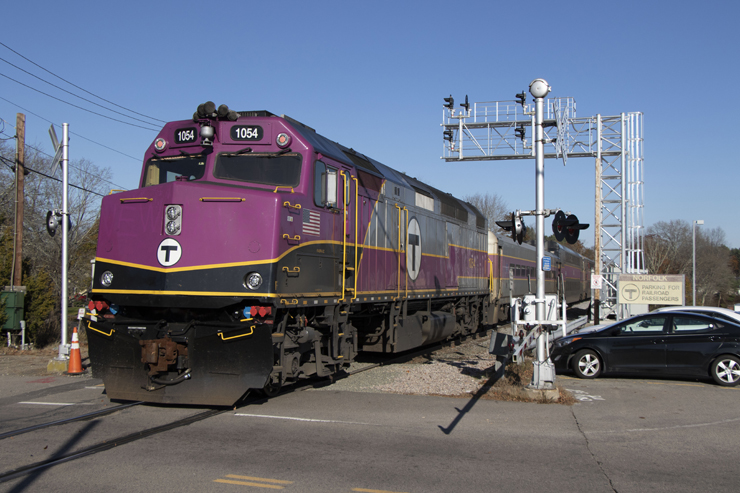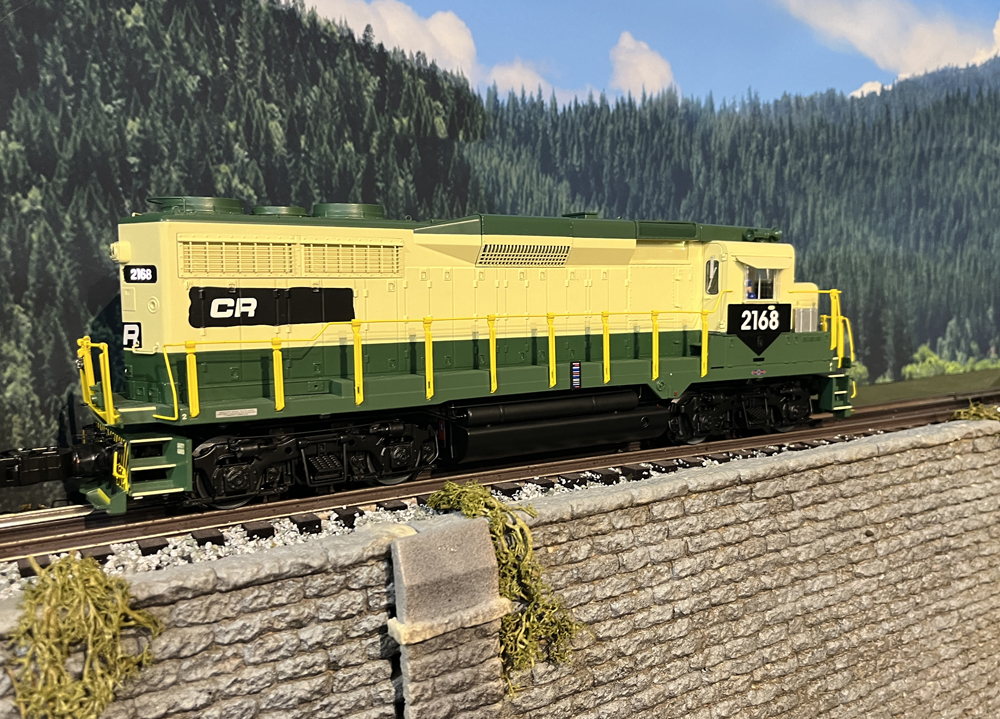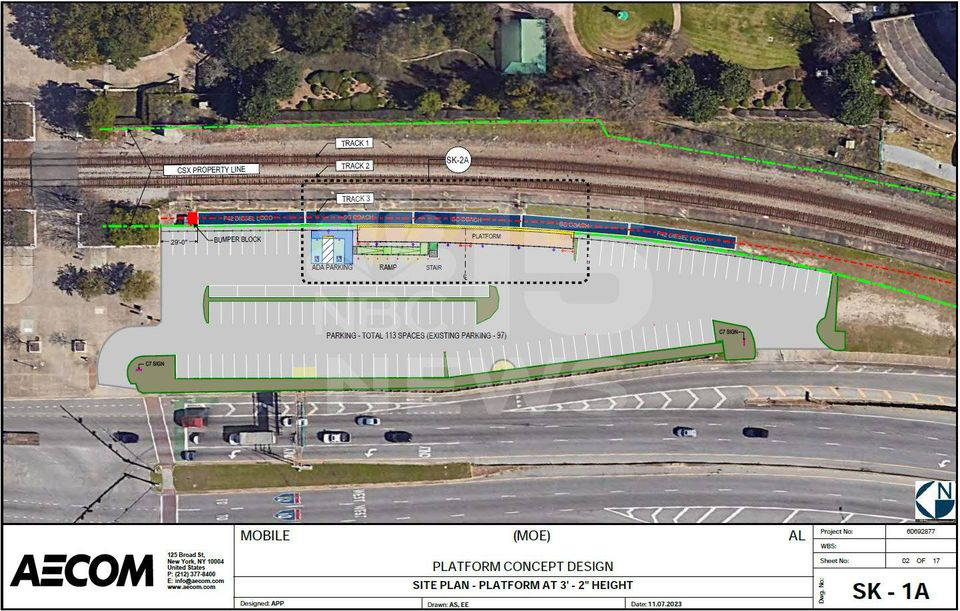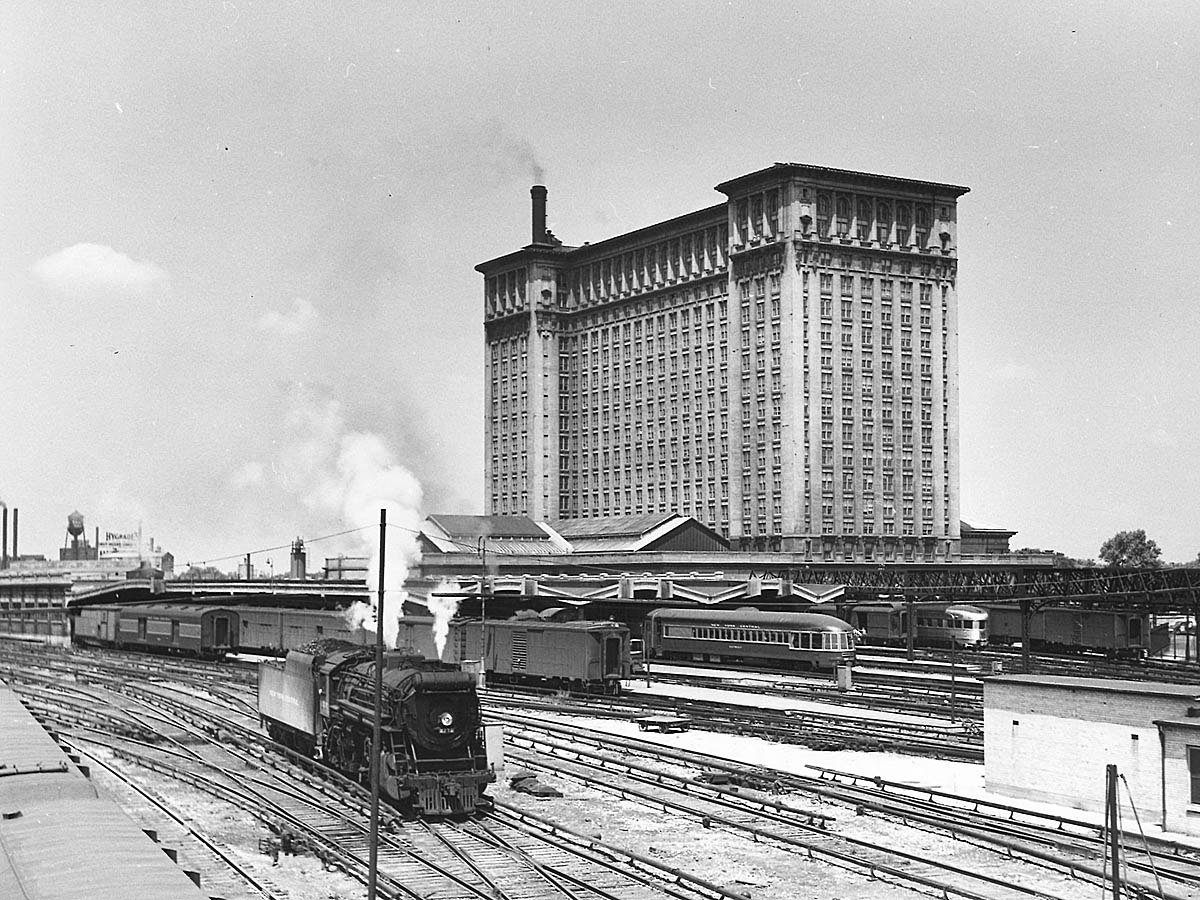
BEVERLY, Mass. — A lawsuit filed Monday seeks to do away with quiet zones at pedestrian crossings in Massachusetts, an effort that pits safety concerns against quality-of-life issues in the state.
The Boston Globe reports the suit was filed by Mark Layman, a former MBTA locomotive engineer whose train killed a teen walking along the tracks in 1999, and Peter Brown, a lawyer whose friend was killed at a pedestrian crossing in Beverly in 2019. They are asking a justice of Massachusetts’ highest court, the Supreme Judicial Court, to find that the quiet zones are not permitted under state or federal regulations.
Brown has been motivated by the death of Emerson College professor Moses Shumow, killed in October 2019 when he was struck while riding his bike across tracks at the Beverly depot — a death which has also led to a suit questioning the safety of quiet zones created by the city of Beverly [see “Suit says city’s ‘quiet zone’ created unsafe situation,” Trains News Wire, Sept. 30, 2022]. Beverly has five quiet zones, the Globe reports, more than any other Massachusetts municipality.
But the suit, if successful, would impact as many as 25 communities along MBTA commuter rail lines. Geoff Beckwith, executive director of the Massachusetts Municipal Association, told the Globe loss of the quiet zones would be “extremely disruptive …. You would have entire neighborhoods where the quality of life would be impacted. This would affect hundreds of thousands of people.
“It’s terrible these tragedies occur, but there’s always a balance.”
The Globe reports that while the Federal Railroad Administration approves quiet zones, Massachusetts’ Department of Public Utilities regulates grade-crossing safety in the state, and state law requires trains to sound their horn at least a quarter-mile before reaching a pedestrian crossing. The DPU says it has “limited oversight” but the FRA has jurisdiction over horn use. A spokeswoman for Keolis, contract operator of the MBTA commuter rail network, said no federal regulation requires horns to be sounded at pedestrian crossings.














These municipalities with no horn crossings COULD place barrier crossings if they wished to maintain no horn crossings. In Germany, they maintain passive barrier pedestrian crossings that require multiple turns, before you get to the tracks.
If trains are prohibited from blowing their horns, then motor vehicles should also be prohibited from blowing theirs
NJ’s Governor has a call-in “Ask the Governor” radio show. One month a woman called in to complain about the loudness of the K5LA (she knew what it was!) horns on the North Jersey Coast (NY&LB) trains.
The Guv, of course, had to pass it to NJT who, of course, told him of the FRA’s decibel requirement (96-110 db)
1. Horns were placed in the middle of the locomotive to reduce the noise in the cab. 2. The engineer is between a rock and a hard spot. Like most government regulations there is little room for good judgement and common sense. FRA regulates horn use and giving light taps in the middle of the night with no obvious traffic in sight can bring a bad boy award if FRA just happens to be in the area and takes note. I’ve gotten a few calls on the radio questioning my horn blowing. 3. Quiet zones aren’t quiet zones if people or equipment are on or near the tracks. Why didn’t the engineers blow their horns IF they saw these people on the tracks? All bets were off for me if someone ran the gates or a pedestrian ran in front of me. I blew the horn loud and long hoping someone would complain. Just download the video is what I would say.
Good thinking, Charles and Richard. This doesn’t require an all-or-nothing solution. Maybe a couple of quick taps on the horn might be enough and save the expense of refitting locomotives and/or equipment bungalows. There is a way to solve this without disrupting those who live near the tracks.
This guy Beckwith, on the other hand, is a real piece of work. Reminds me of the quote from Dirty Harry – “Sacrifices have to be made, mister!” I’ll bet he’d be the first one screaming about eliminating quiet zones if someone he cared about was struck and killed. Or maybe he’s just a sociopath.
And aren’t people who CHOOSE to live near a grade crossing just ever so slightly responsible for realizing that air horn soundings might be a recurring event on a daily basis, even if they were told that the area was an officially approved quiet zone? There are few things more ephemeral on this planet than the word of a government bureaucrat.
They have horns on the BNSF Seattle subdivision mounted at major crossings such as Titlow beach CP in Tacoma and at the Pierce County Ferry Terminal crossing and a nearby park in Steilacoom. They seem to work quite well, though the trains still blow their horns as these are not smart crossings with barriers prohibiting driving around gates. There is also one at McCarver street crossing in Tacoma Old Town. The horns are mounted on poles at the crossings.
A couple of thoughts – what if someone is cutting across the tracks at a location other than at a signalized crossing. A concern with variable whistle volume, will the railroad be liable if an engineer incorrectly blows the whistle softly when he should have whistled loud?
The solution isn’t at all new — it’s been around for years. Put the horn AT THE CROSSING GATE CONTROLLER CABIN! The sound is where you need it and not as loud where you don’t need it.
Seems to work for Dekalb, IL on the busy UP line.
Ady, don’t forget our cup of coffee if the Brookfield Depot coffee shop ever opens! Started last year so maybe by 2025. Bring your bike and we”ll do the Fox River trail into Pewaukee.
Charles: I haven’t forgotten. I drove by the place on Sunday – doesn’t look like they’re in a hurry to open up.
Always seemed unnecessary to me that a train horn has to be so loud. A train crossing the western plains in the middle of nowhere is one thing but a train running through urban communities is something else. The horns are usually placed high in the middle of the roof of the engines and can be heard for miles. Why? A more focused less intrusive but still intense horn should be placed on the front of locomotives for use in metropolitan areas more like a fire truck. Make them variable so the engineer can apply more sound when necessary.
An idea 🙂
How many people do you see ignoring a diesel horn? If you answer that question then you know why they are as loud as they are. I want to get one for my car, since most people seem to ignore the horn on your car too…I honked for a reason, pay the ‘f’ attention.
Besides, I’m sure it has something to do with the physics of sound and how far it travels vs the volume. Or would you want those annoying sounding horns they use on European locomotives, which remind of a car horn.
GERALD — I see your point even though it’s different from my own point (post above). (Or opposite to my point.) Train horns do more than signal for legal crossings. They also make noise up and down the line to alert trespassers.